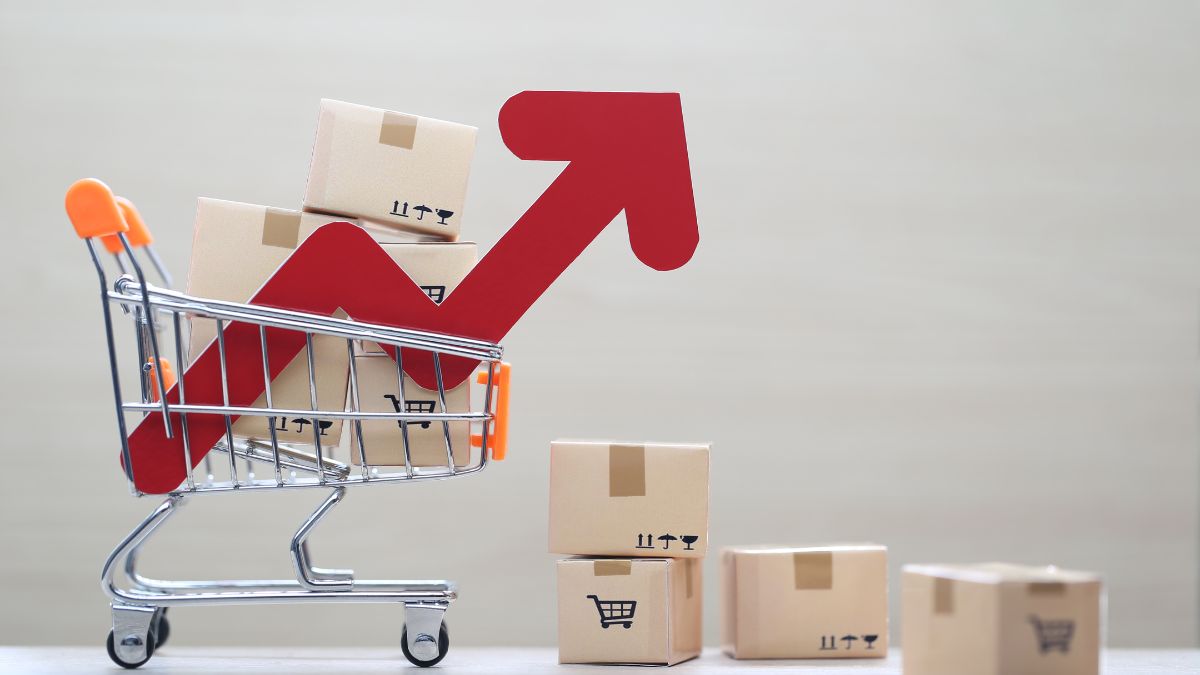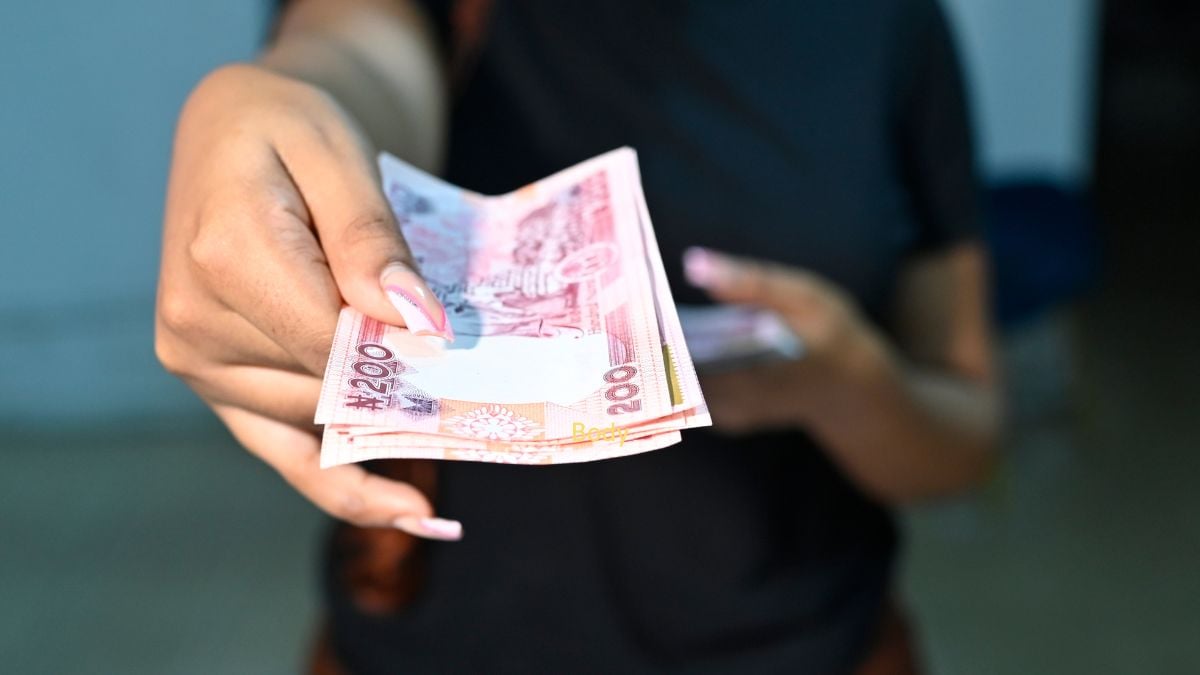The International Monetary Fund (IMF) defines Consumer Price Indexes (CPIs) as index numbers that measure changes in the prices of goods and services purchased or otherwise acquired by households, which households use directly or indirectly to satisfy their needs and wants. Basically, they track changes in the prices of goods and services households purchase. High CPIs mean a direct strain on individuals and families. As prices rise, people can afford less, leading to a lower standard of living. Essential items like food, housing, and healthcare become more expensive, forcing families to make difficult choices and potentially pushing vulnerable populations deeper into poverty. High consumer prices also erode the value of savings and fixed incomes, such as pensions. This disproportionately impacts low-income earners and retirees who rely on these fixed incomes to meet basic needs.
With rising prices, their purchasing power diminishes, leading to a decline in real income and widening income inequality. Ultimately, these high consumer prices fuel inflation. This is particularly concerning for developing economies in Africa. According to the IMF’s World Economic Outlook 2024 report titled “Steady but Slow: Resilience Amid Divergence,” Sub-Saharan Africa is projected to have an average end-of-period inflation rate of 13.7% in 2024. This translates to a significant rise in consumer prices across the region. The report projects even more concern for consumer prices in several African nations. Here are the top 10 African countries with the highest consumer prices in 2024.

1. Zimbabwe (561.02%)
Zimbabwe faces the most severe situation, with a hyperinflationary crisis reflected in a staggering CPI of 561.02%. This translates to skyrocketing prices that erode purchasing power at an alarming rate. A combination of factors likely contribute to Zimbabwe’s woes, including currency instability, government budget deficits, and disruptions in the supply chain. According to the IMF, Zimbabwe’s government budget deficit is projected to be over 8% of GDP in 2024. The Zimbabwean dollar has also experienced significant devaluation, leading to a flight from the local currency and increased demand for foreign currency. The IMF reports year-on-year depreciation of the Zimbabwean dollar exceeding 100% in recent months. This further weakens the Zimbabwean dollar, creating a vicious cycle of inflation.
2. Sudan (145.53%)
Similar to Zimbabwe, Sudan experiences difficulty affording necessities and a decline in purchasing power. Sudan faces a significant challenge with a CPI of 145.53%. Recent economic reforms like subsidy removal, political instability hindering investment, and a weakening currency that makes imports more expensive are potential culprits. The IMF reports that Sudan implemented subsidy removal on bread and fuel in 2023.
3. South Sudan (54.84%)
Similar to Sudan, South Sudan’s ongoing conflict disrupts production and trade, pushing prices up further. The ongoing conflict and political instability have significantly disrupted production and trade. Dependence on imported goods also makes South Sudan vulnerable to global price fluctuations. South Sudan relies heavily on imported food. The Food and Agriculture Organization of the United Nations (FAO) reports that South Sudan imports about 60% of its cereal needs. If the cost of food imports rises due to global factors, it can significantly impact inflation in South Sudan. Food insecurity due to droughts or other factors can further exacerbate inflation. The Food and Agriculture Organization of the United Nations (FAO) identifies South Sudan as one of the countries facing a food security crisis.
4. Sierra Leone (39.15%)
Sierra Leone exhibits moderate inflation but still strains household budgets, especially for essential goods. Rising global food prices due to the war in Ukraine, fuel price hikes, and ongoing supply chain bottlenecks are some of the potential factors driving inflation here. Global energy price hikes can have a domino effect, raising transportation and production costs, ultimately leading to higher prices for consumers. The IMF report projects continued high energy prices throughout 2024.
5. Egypt (32.56%)
Egypt also has a moderately high projected inflation rate. While not as extreme as Zimbabwe and Sudan, Eygpt is still likely to see a noticeable rise in consumer prices, potentially forcing households to cut back on spending or switch to lower-cost alternatives. Egypt battles severe currency devaluation and certain government policies that contribute to price increases. The Egyptian pound’s depreciation makes imports more expensive, impacting the cost of a wide range of goods. Certain government policies, like import restrictions, have also created temporary price hikes as domestic supply struggles to meet demand.
6. Malawi (27.97%)
Despite having a lower CPI compared to others on the list, Malawi faces inflation that can disproportionately impact low-income households. Factors like rising global food prices and currency fluctuations could be contributing to this inflation. As of March 2024, the Malawian Kwacha had depreciated against the US dollar by 22.1% year-on-year. A weaker currency makes imports more expensive, including food and other essential goods, contributing to inflation.
7. Nigeria (26.38%)
Nigeria’s moderate inflation might be driven by factors similar to Malawi’s. Domestic fuel price adjustments or inefficiencies in the supply chain could also play a role. The Nigerian government occasionally adjusts fuel prices, which can have a ripple effect on inflation. For instance, in February 2024, Nigeria increased the pump price of petrol, which contributed to inflation.
Related Articles:
8. Ethiopia (25.69%)
Ethiopia faces the challenge of balancing economic growth with price stability. Global factors like rising food import costs and domestic issues like currency depreciation contribute to inflation in Ethiopia. The Ethiopian Birr has depreciated against the US dollar by 28.4%. year-on-year. Ethiopia heavily relies on wheat imports, and the war in Ukraine has significantly impacted global wheat prices. The FAO’s Food Price Monitoring and Analysis Tool shows a rise in wheat prices in 2024. This and the currency depreciation can put pressure on Ethiopia’s inflation rate.
9. Ghana (22.31%)
While Ghana has a relatively lower CPI, inflation can still strain budgets. The Bank of Ghana raised its benchmark interest rate in April 2024 to combat inflation. This suggests that rising import costs due to a weaker currency contribute to Ghana’s CPI. Ghana is also facing domestic factors like increased demand for goods outpacing supply. If domestic production cannot keep up with this demand, prices can rise due to shortages.
10. Angola (22.0%)
Despite having the lowest CPI among the ten countries, Angola is not immune to the effects of inflation. Similar to other nations, global price hikes for food and fuel and domestic currency fluctuations could be potential explanations for Angola’s inflation. While there wasn’t significant depreciation in the year leading up to April 2024 (around 3% year-on-year), currency fluctuations can still impact import costs and inflation.
The Bottom Line
In 2024, Africa’s economic scene is challenged by high consumer prices, with Zimbabwe experiencing some of the steepest increases. This situation calls for strategic actions. Governments and policymakers in these ten countries need to seize opportunities to stabilize and bolster their economies. Resilience and adaptability are essential for families struggling with the rising cost of living. Collaborations at international levels and innovative local initiatives to improve production and distribution are critical. As Africa moves through this period of inflation, a united effort to diversify economies, enhance productivity, and implement targeted social support programs will be crucial. These measures will help lessen the effects on vulnerable groups and lay the foundation for a fairer and more sustainable economic future.












This Post Has 0 Comments